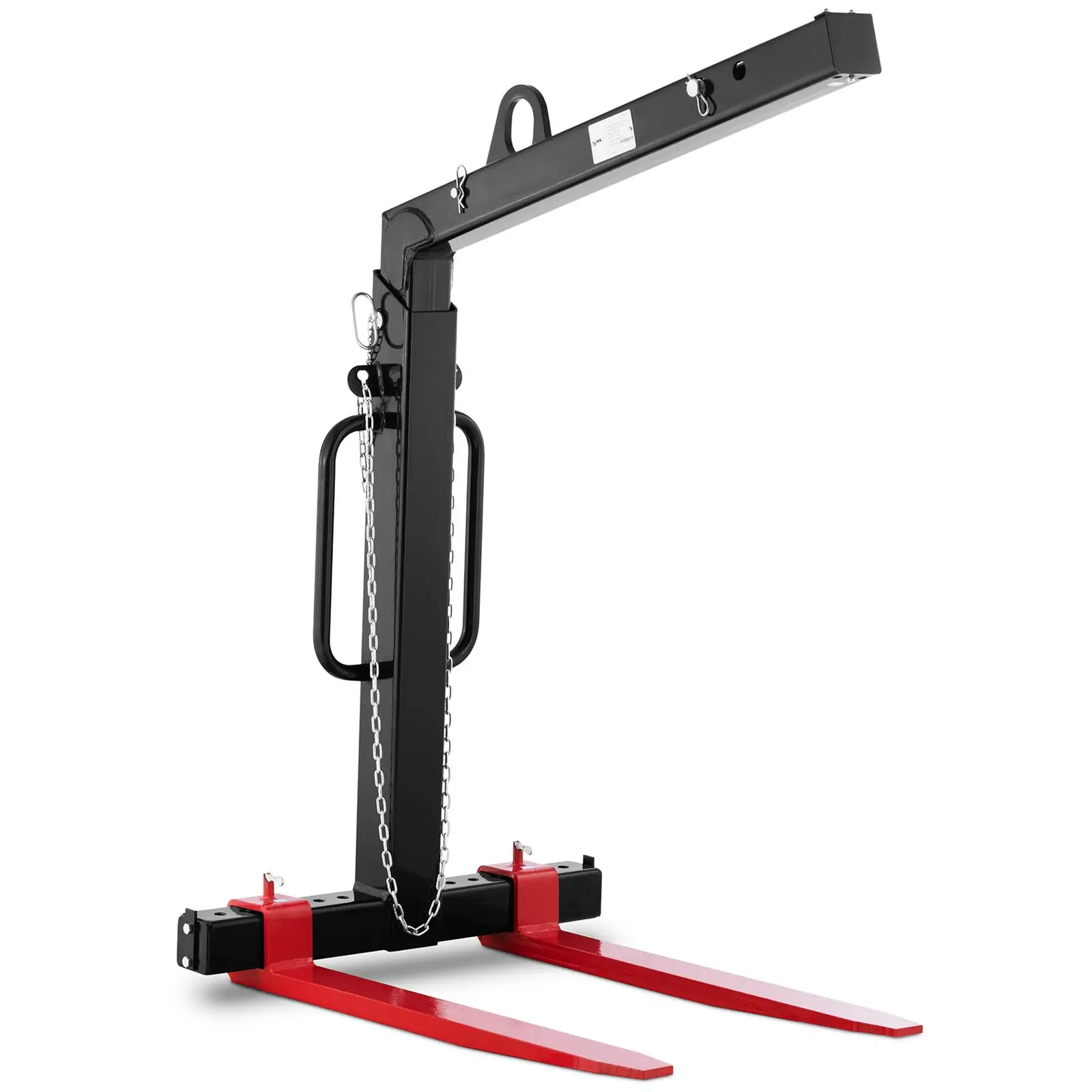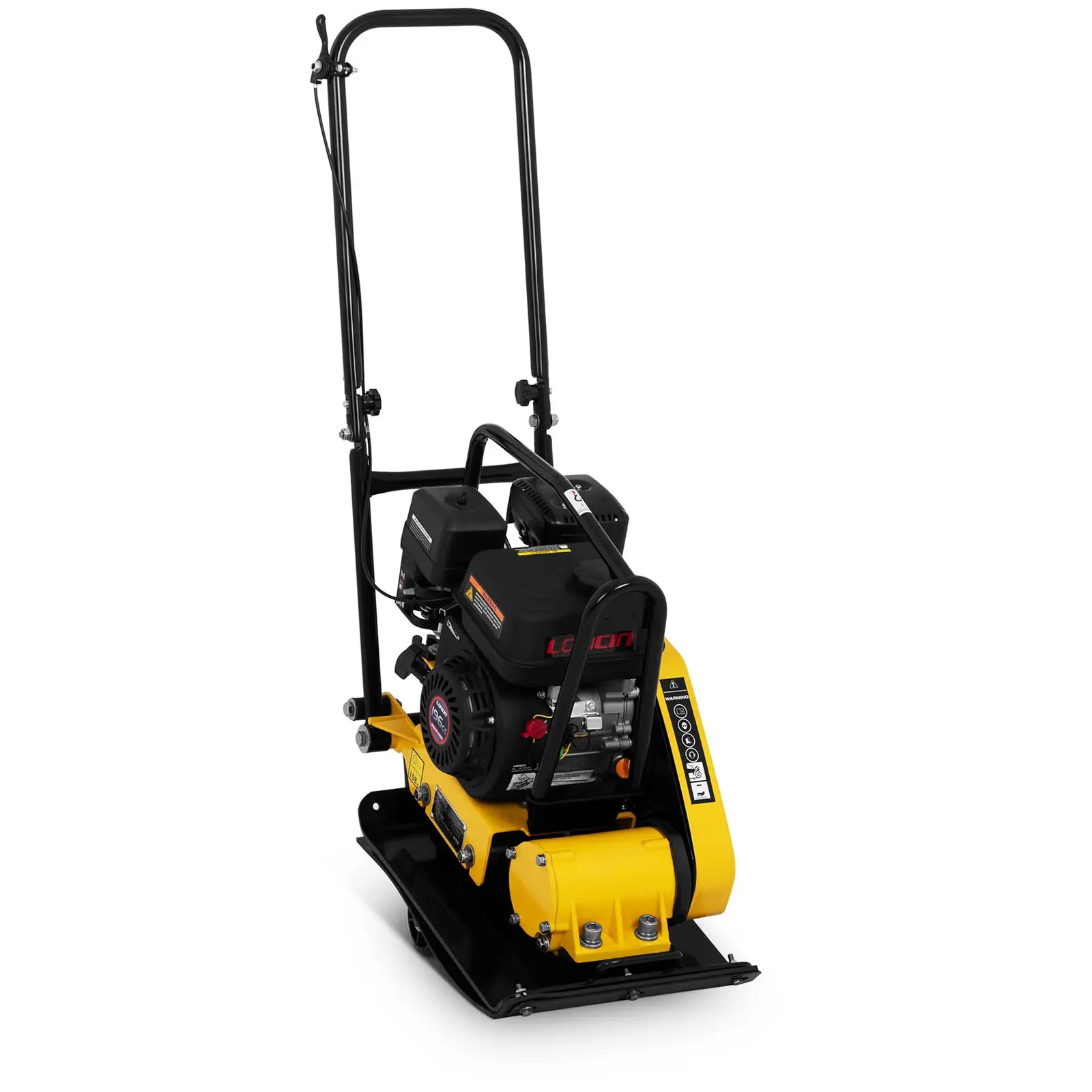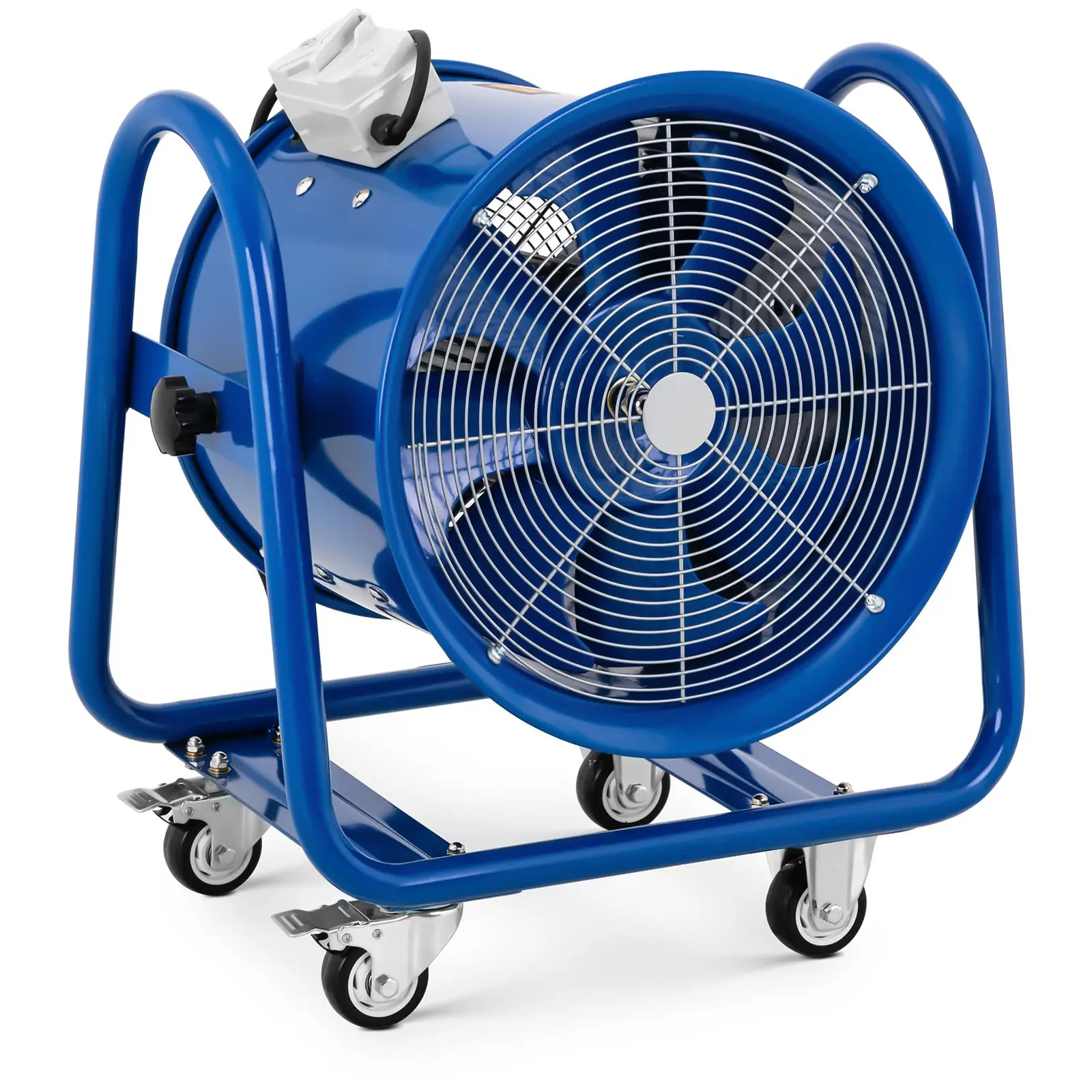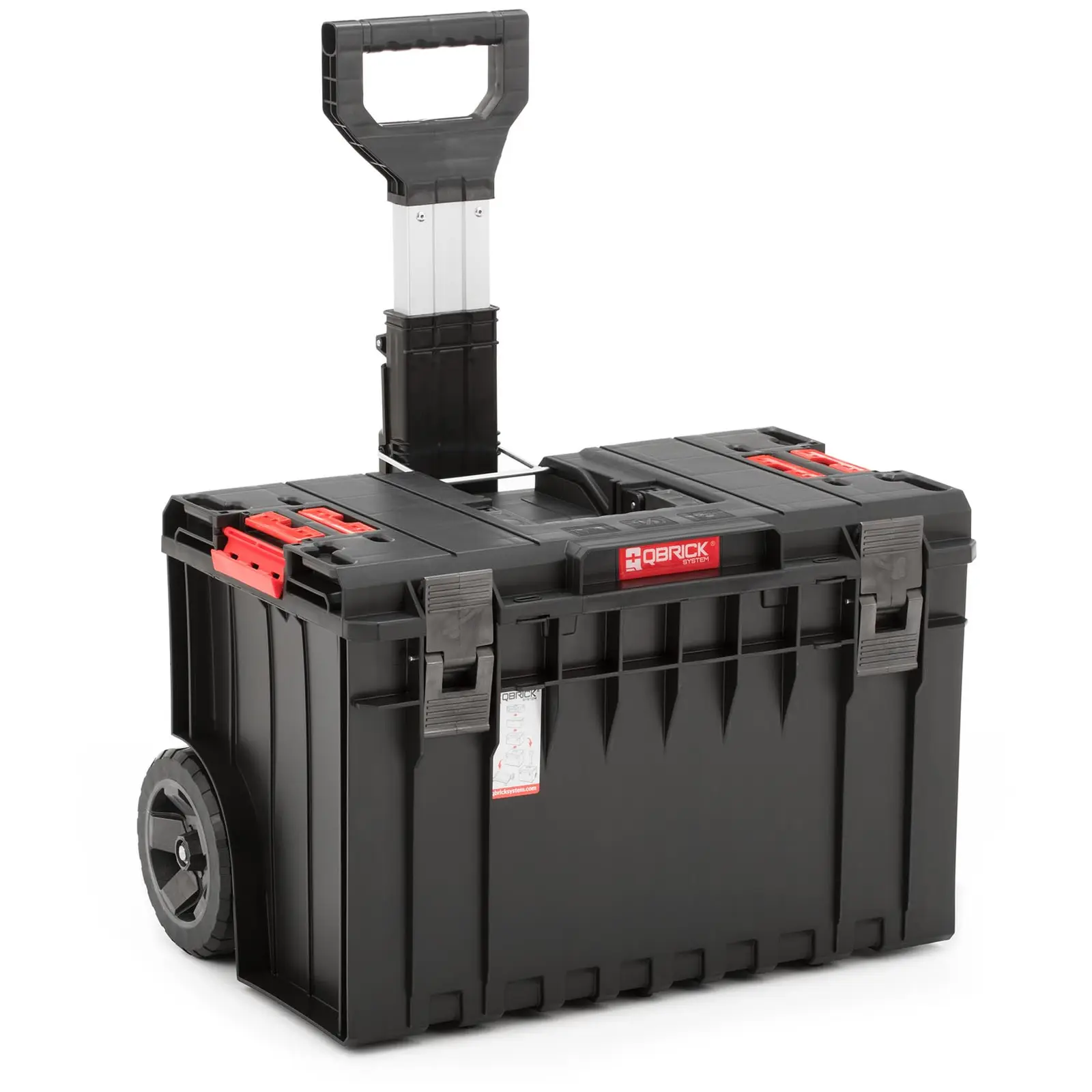How can you build a greenhouse and grow healthy and abundant plants regardless of the weather conditions? This is a common question asked by many beginner gardeners. Where should you start? How to build a greenhouse step by step?

Planning the construction of a greenhouse
So, how can you build a greenhouse? As is usually the case with this type of project – it is best to start off by drawing up the plans and getting acquainted with all the formalities. After analysing your budget and taking into account your available financial resources, prepare an appropriate project. The total costs and the materials used will depend on both the size of the greenhouse and any additional equipment.
The cheapest option is a ready-made structure for self-assembly. Such greenhouses are made of foil and are relatively small. However, if you want to create the best conditions for your plants, invest in a more sturdy, permanent construction.
When planning your own greenhouse, you should bear in mind its regular maintenance. Without proper disinfection and cleaning, fungi and other harmful micro-organisms may start to appear on both the cover and the frame. This is because of the humidity and high temperatures inside the greenhouse. In addition, you should also take into account the need to regularly replace the soil in order to provide the plants with a fertile substrate.
Once you have prepared the appropriate plans and decide to build a greenhouse, you will have to complete some legal formalities. You will need planning permission if the greenhouse is to be constructed in a front garden or if the greenhouse will be higher than 2.5 metres or if it is within 2 metres of the boundary of the curtilage of the house. If you’re unsure whether planning permission is required, check with your local planning authority. If you carry out unauthorised work you’ll be breaching regulations and may be forced to demolish the greenhouse.
Construction of foundations for a greenhouse
A very important issue when planning your greenhouse is the choice of foundations. These can be made in several ways. Popular solutions include concrete foundations, the use of anchors or concrete blocks.
In the case of a small greenhouse, which will only be set up temporarily, such foundations will not be necessary. It is enough to firmly attach the frame to the ground to ensure stability, e.g. during strong winds.
If, on the other hand, you decide to use anchors, prepare yourself for more challenging work. In this case, you will have to construct the lower part of the frame and then attach the anchors to it. The next step will be to dig deep holes in which to place the anchors attached to the frame.
Measuring tools such as a spirit level will come in handy here to make sure everything is level. If everything is ok, you can then proceed to pour concrete into the holes.
Larger, and therefore heavier structures, should be placed on foundations made of concrete. This solution also applies to greenhouses with a wooden and steel frame, because it will let you effectively isolate the above-mentioned materials from the effects of moisture and soil processes. Building concrete foundations for a greenhouse is similar to building foundations for a house.
You should therefore start off by digging the foundations in the ground. In this case, the ground freezing depth should be taken into account, which depends on the location of the greenhouse. The depth of the foundations can therefore be from 80 to 140 cm. You can then lay reinforced concrete beams as part of the grade beam footing.
Tar paper should also be inserted between the wood and the steel, which will provide additional protection and insulation. Finally place the posts in the holes and fill them with concrete, bearing in mind one very important rule. The foundations should be raised above the ground.
Well-made foundations will not only ensure the stability and durability of the entire structure, but also guarantee protection from pests, prevent the ground from freezing, and prevent the minerals necessary for proper plant development from being washed out of the soil.
What material should you use to build a greenhouse?
Another decision you will need to make is what material will you use to build the greenhouse. This concerns both the frame and the cover. Each options has its own pros and cons. So let’s have a look at each option in order to find the best one for you. Let’s start with the load-bearing structure, i.e. the frame.
A wooden greenhouse
The most common choice among people who choose small, home greenhouses is a wooden structure. It is easy to build and matches most gardens.
Your greenhouse could even match other elements of your exterior design, such as a garden gazebo. An advantage of a wooden frame is also the fact that it does not heat up excessively.
When it comes to the disadvantages, the greatest of them is the susceptibility of wood to mechanical damage. If you are not careful, you could accidentally break elements of the frame. This could also be the case with very strong winds.
In addition, wooden structures will require regular maintenance. The wood will need to be impregnated from time to time using appropriate products, otherwise the frame could be exposed to mould and other harmful external factors.
A steel greenhouse
The second very popular material used to build greenhouse frames is steel. This material is highly durable, making it ideal if you are looking for a frame that will last for many years. Steel is resistant to mechanical damage, moisture and changing weather conditions. A disadvantage is its weight, which can make such greenhouses more difficult to build.
An aluminium greenhouse
Resistance to moisture is also an advantage of aluminium greenhouses. As with the case of a wooden frame, aluminium is usually chosen for smaller greenhouses, which can be moved around if necessary. Aluminium is very light, which makes it much easier to move.
Another advantage of this choice of material is that it is maintenance-free, as aluminium is resistant to moisture. Unfortunately, however, it is not as durable as steel, so potential risk of damage is its biggest disadvantage.
A glass greenhouse
Let’s move on to discussing the types of greenhouse covering. One of the most popular and widely available materials is glass. Choosing an appropriate type, e.g. fully transparent or toned, you can optimise the level of light inside the greenhouse, which can be an excellent solution for certain types of plants. Glass is quite heavy, so using it on a small greenhouse may not be the best idea.
A small and light frame may simply not support itself under the weight of glass. Therefore, building a glass greenhouse should only be considered for large and sturdy structures. Another big disadvantage of glass is that it is not resistant to mechanical damage.
-
Floor Grinder – 2,200 W – Ø 250 mm
-
Concrete Grinding Disc – diameter: 250 mm – for concrete – grit size 30 – 10 grinding segments 99.00 €
-
Concrete Grinding Disc – Diameter: 250 mm – 16 grinding segments
-
Concrete Grinding Disc – diameter: 250 mm – for concrete – grain size 30 – 20 grinding segments 139.00 €
A polycarbonate greenhouse
Building a greenhouse using polycarbonate could be a good idea. This type of cover will fulfil its function perfectly, as it is resistant not only to weather conditions, but also to mechanical damage. It also transmits sunlight, while at the same time providing effective protection against harmful UV rays. Polycarbonate is also relatively strong, and is therefore considered extremely safe when it comes to using it in a greenhouse. It is a good choice if you are looking for a permanent solution. The only downside to this material is its high price.
A greenhouse made of foil
The third type of cover that is used when building a greenhouse is foil. Its undeniable advantages are that it is easy availability and at a very low price. It is also very light, making it perfect for smaller greenhouses with lighter frames. It is also often used to create foil tunnels. It does, however, have one major disadvantage – it is not resistant to mechanical damage. In the event of a hail, it will quickly get damaged.
The location of your greenhouse
The most important factor that should determine the location of your greenhouse is sunlight. The ideal solution would be to build it on the southern part of your garden, guaranteeing access to sunlight for as long as possible.
It is also important to make sure that the sunlight is not blocked from the south or east, as this could significantly impede the growth of your plants. When analysing the details of how you plan to build your greenhouse, try to place it such a way that its longer wall is facing south, so as to catch as much sunlight as possible.
What tools will you need to build a greenhouse?
Now that you know how to build a greenhouse, it’s time to put together a list of tools that you will need for the job. Depending on the type of construction and the materials used, you will need some specific types of equipment. Power tools, such as drills and drivers, as well as measuring equipment, like spirit levels, measuring tape etc., will definitely come in handy.
However, if you decide to build a greenhouse with foundations, you will also need some construction equipment. You will definitely need to do some tougher jobs, such as digging in the ground and pouring concrete.
A garden greenhouse vs industrial greenhouses
When on the topic of greenhouses, a comparison between garden greenhouses and ones for industrial use often comes up. These differ from each other mainly in terms of their construction. Industrial greenhouses have very strong and durable frames, and also usually cover a much larger surface.
Industrial greenhouses most often use polycarbonate for the cover, which provides better protection against changing weather conditions. Strong winds, heavy snow, and even hail should not risk damaging them. Industrial versions are also often fitted with additional elements, such as windows, doors, irrigation systems, automated air inlets, or sophisticated temperature and humidity control systems.
In a nutshell, industrial greenhouses usually have a number of different functionalities that significantly enhance plant growth.
How to build a greenhouse – summary
Growing plants, especially in regions with a moderate climate, can be quite challenging. Changing weather conditions and temperature fluctuations are a significant risk in the case of open-air plantations. Building a greenhouse can be a very effective alternative, allowing your plants to vegetate in more favourable conditions.
There are several types of greenhouses, which can be divided according to the materials used for their construction. This applies to both the frame and the cover. Greenhouses can also be split into garden and industrial greenhouses. The former are intended for people who grow plants in their own gardens, while the latter are for professional plant growers.
Building a simple, small greenhouse is not difficult, but if you don’t want to or do not have the time to do so yourself, there are also ready-made models for self-assembly. You will only need to remember about the legal aspects and appropriate location of the greenhouse.














Share